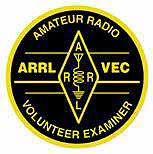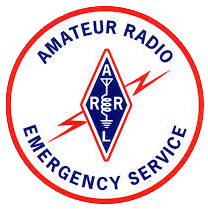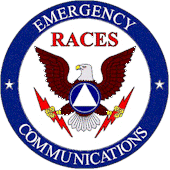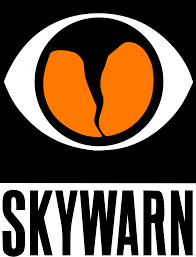During Field Day (2025) a discussion of work being done outfitting the WGARS communications trailer digressed into a debate of whether Amateur Radio operators would ever really be deployed in a local emergency. One operator insisted it would never happen, while another acknowledged the probability was low, but it was not outside the realm of possibility.
The discussion was mostly centered around the fact that post 911/Katrina government communications systems are better integrated, allow various levels of inter-department and inter-agency communications
coupled with infrastructure redundancy. All of this is true. The days of operators acting as relays between incompatible public service systems like fire and police are likely gone. Likewise, we'll probably not be shadowing a Public Safety person. That's a good thing for the citizenry and it also diminishes the need for our services. Diminishes, but not eliminates.
We have discussed the need to redefine our mission in other presentations, and even pointed out some likely future uses for Amateur Radio. These uses include embedding with other responder groups and providing services to those directly impacted by the emergency.
For instance, damage assessment teams sent out immediately following a disaster can benefit from Amateur Radio, which can use APRS for tracking teams and communicating non-emergency traffic - freeing the Public Service radio system for emergency traffic. Embedding with either non-governmental organizations (NGOs) or other teams may require training in their area of service however.
Health and Welfare Traffic is probably the primary mission for Amateur Radio. Public Service systems are tactical in nature, and don't lend themselves to passing messages between family members. While this may not in itself be Emergency Communications, it does help minimize the burden on First Responders dealing with efforts by family and friends to locate and communicate with others in the disaster area.
Local tactical and traffic nets, whether through an operational repeater or simplex on HF or VHF/UHF, can link neighborhoods, allowing family and friends to check on one another. Relays to HF traffic nets can allow traffic to be passed to and from anywhere in the world.
We have discussed the importance of some digital modes, particularly Winlink, for passing information in and out of the disaster area. Winlink, allows for sending and receiving email anywhere in the world utilizing HF and also locally, point-to-point, using VHF nodes. Other digital modes may be used for handling Radiograms.
Finally, emergencies, by definition, are unplanned and are a result of the unexpected. History is replete with incidents nobody saw coming. So, despite the diminished likelihood of a major failure of Public Service Radio, we could still be deployed in the same manner we may have been thirty years ago. But if not, we still have plenty we can and should do if disaster strikes.




